SOME LIKE IT HOT (1959)
After two male musicians witness a mob hit, they flee the state in an all-female band disguised as women, but further complications set in.

After two male musicians witness a mob hit, they flee the state in an all-female band disguised as women, but further complications set in.


A hearse, driven by a tough-looking stooge, speeds off accompanied by three even tougher-looking goons. As the police give chase, firing upon their vehicle, we start to suspect this is no ordinary hearse—after all, the coffin starts to leak.
This is Chicago in 1929. We’re introduced to the bootleggers who are trying to get around Prohibition and the speakeasies that flourish as a consequence. There’s drink, dancing, and lively music, all thanks to the likes of Joe (Tony Curtis) and Jerry (Jack Lemmon).
They may be virtuosos on the saxophone and double bass, but they can’t be trusted with money. They have dreadful luck at the dog races and even worse with the mafia: after accidentally witnessing a hit, they’re forced into hiding, the mob hot on their heels. But then again, some like it hot.
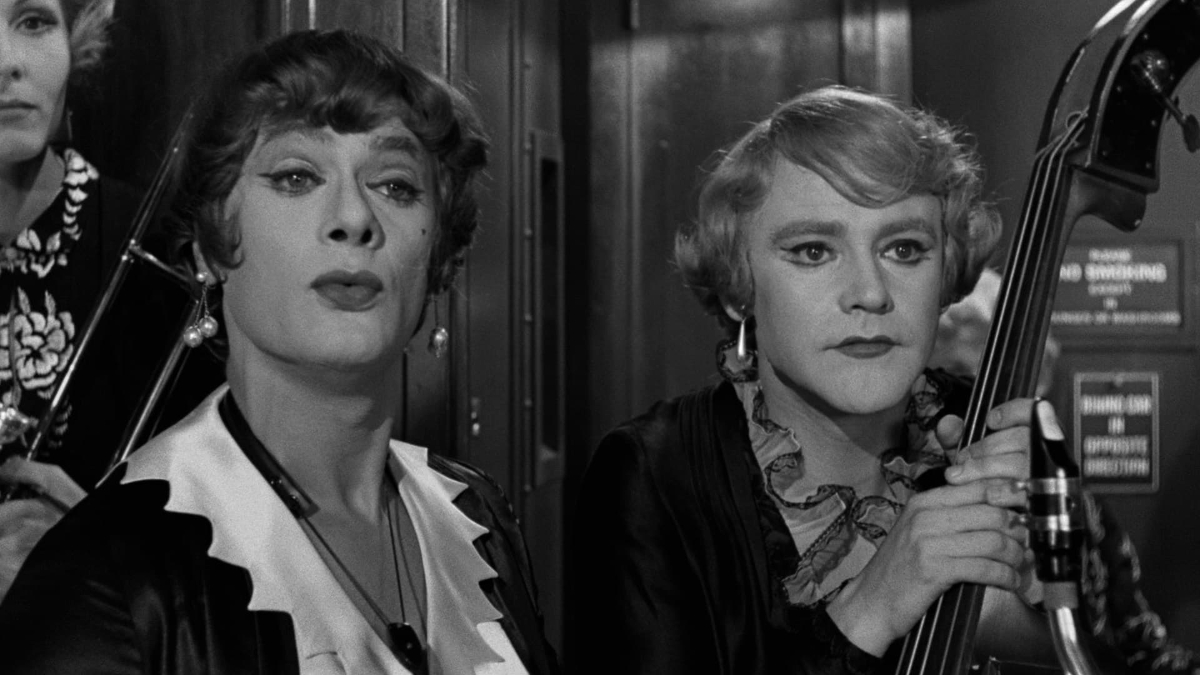
Billy Wilder’s classic film follows two mismatched musicians as they try to leave Chicago with no money. For some, that might necessitate robbing a bank, but Joe simply raids his girlfriend’s wardrobe. After stealing some choice outfits, he and Jerry join an all-female jazz band and hop on a train to Florida. However, on their subsequent adventure, they encounter lecherous millionaires, autocratic conductors, and most troubling of all, love.
Some Like It Hot is arguably the greatest comedy of all time. While humour is subjective, brilliance isn’t—and this film is certainly that. From the gut-busting performances to the ingenious writing, few films come together like this one, with even fewer standing the test of time so well. Featuring iconic lines and scenes that have left an indelible mark on popular culture, Wilder’s funniest film is a testament to his awe-inspiring ability to craft stories that were both subtly intelligent and massively engaging.
While the Austrian-born writer and director famously said that storytelling was 90% structure and 10% detail, it’s arguably the detail he brought to his films that made them so memorable. In particular, his screenplay—written with his frequent collaborator I.A.L Diamond—features some of the most skilful wordplay ever seen on screen. The puns are endless (“He’s got an empty stomach and it’s gone to his head”) and you won’t catch them all on the first viewing; multiple viewings are needed to fully appreciate this comedy.
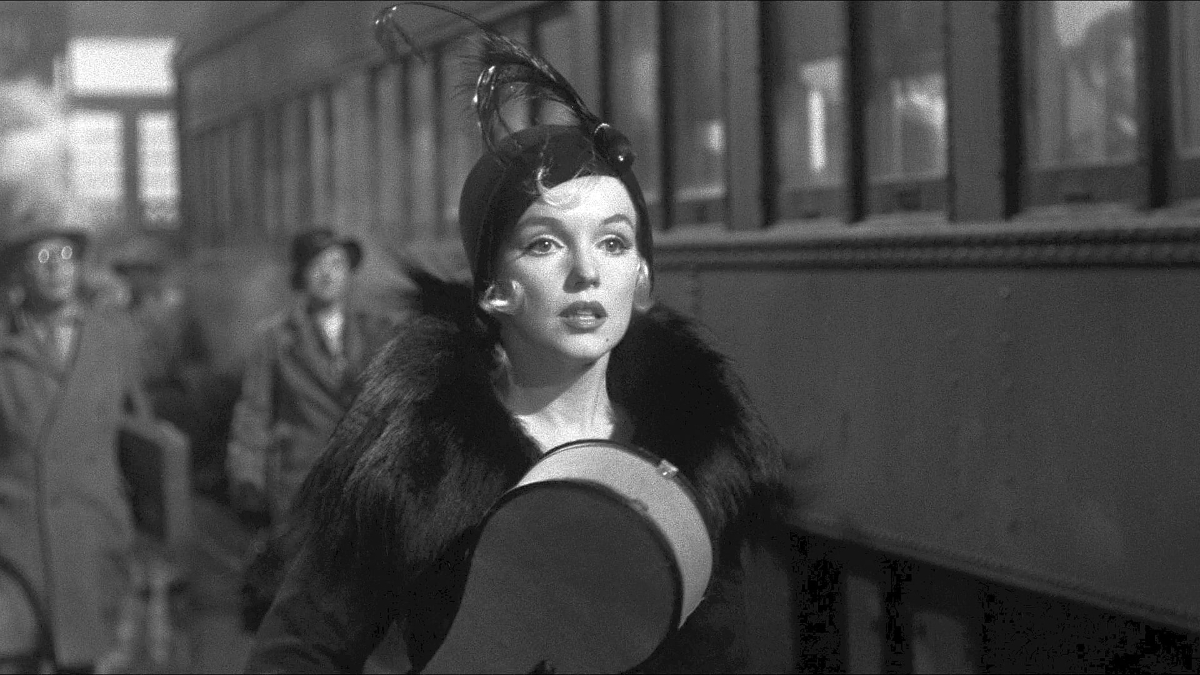
Of course, the first thing that will immediately strike first-time viewers (especially nowadays) is the hilarious social commentary on display. As Joe and Jerry try to adjust to their new lives as women, their trip to Florida results in a rude awakening, particularly at the hands of Osgood Fielding III (Joe E. Brown). Jerry, infuriated by Osgood’s attempt to grope him, is met with Joe’s disinterested response: “Well, now you know how the other half lives.”
The impracticality of women’s fashion is also commented on. When Joe and Jerry approach the train station in drag for the first time, Jerry is bewildered by the challenge posed by his ill-fitting high heels. “How do they walk in these things? How do they keep their balance?!” Jerry offers a remarkably simplistic answer: “It must be the way their weight is distributed.”
This look at how men would fare in women’s shoes—both figuratively and literally—was startlingly progressive for 1959. It proved so revolutionary for the period that it technically shouldn’t have been made in the first place; it was in direct violation of the Hays Code, which banned all forms of cross-dressing. The film was produced without oversight or approval, pleasing audiences so much that it’s often credited as one of the central reasons behind the eventual termination of this censorship programme. Not only does Wilder’s film have the accolade of being immensely funny, but it was technically so hilarious that it subsequently broke the system designed to contain it. Few comedies can boast that.
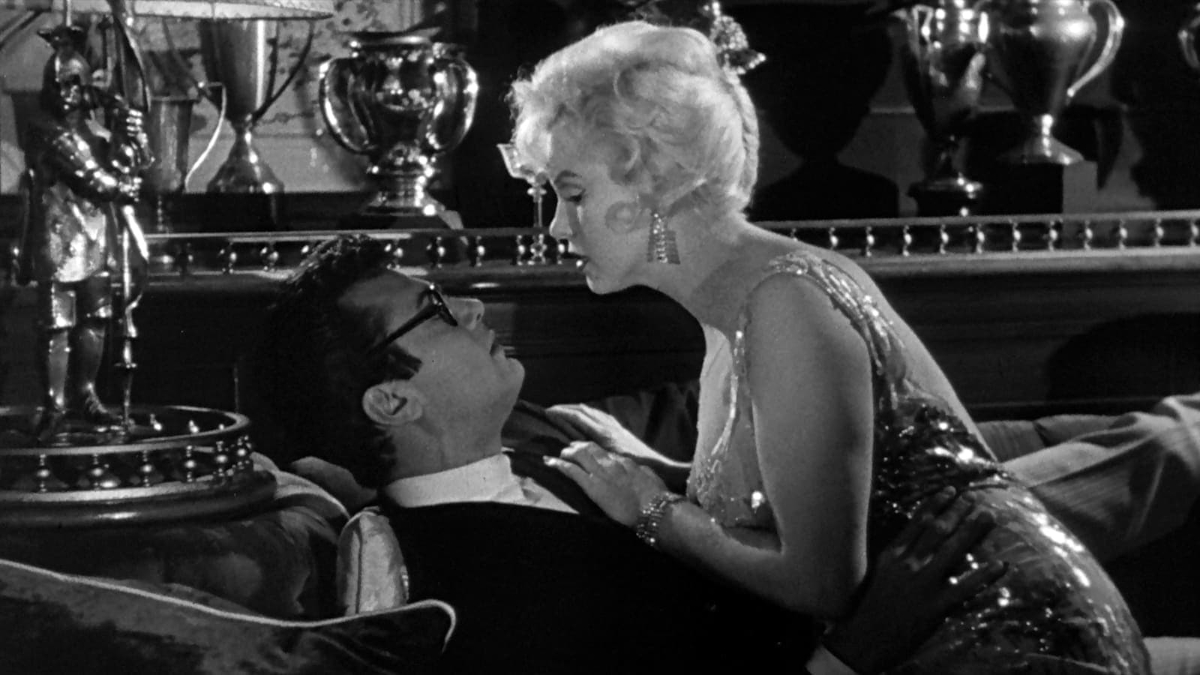
However, in some places, Some Like It Hot did prove controversial. Notoriously, Kansas banned the film’s screening within the state, claiming the theme of cross-dressing would be “too disturbing for Kansans.” Thankfully, the rest of the country adored it, and the film became a runaway success at the US box office, grossing nearly twenty times its budget.
Many other filmmakers took note of the cheap, easy formula for getting laughs: a comedy of errors, facilitated by a man in a dress and heels. Indeed, so many films have found this situation to be fertile ground for laughs, particularly when more and more people become duped into the act. It’s important to note how the subject of the comedy is not the cross-dressing itself, but the multitude of misunderstandings that ensue as a result.
Tootsie (1982) followed suit a little over 20 years later, although it broadened the scope of its social commentary while still managing to retain the laughs. Mrs. Doubtfire (1993) came along shortly afterwards, abandoning any semblance of social commentary in favour of a story built almost entirely on the mayhem such a masquerade would cause. Of course, neither of these two comedies could have been made if it weren’t for Some Like It Hot; Lemmon and Curtis walked in heels so that Hoffman and Williams could run.
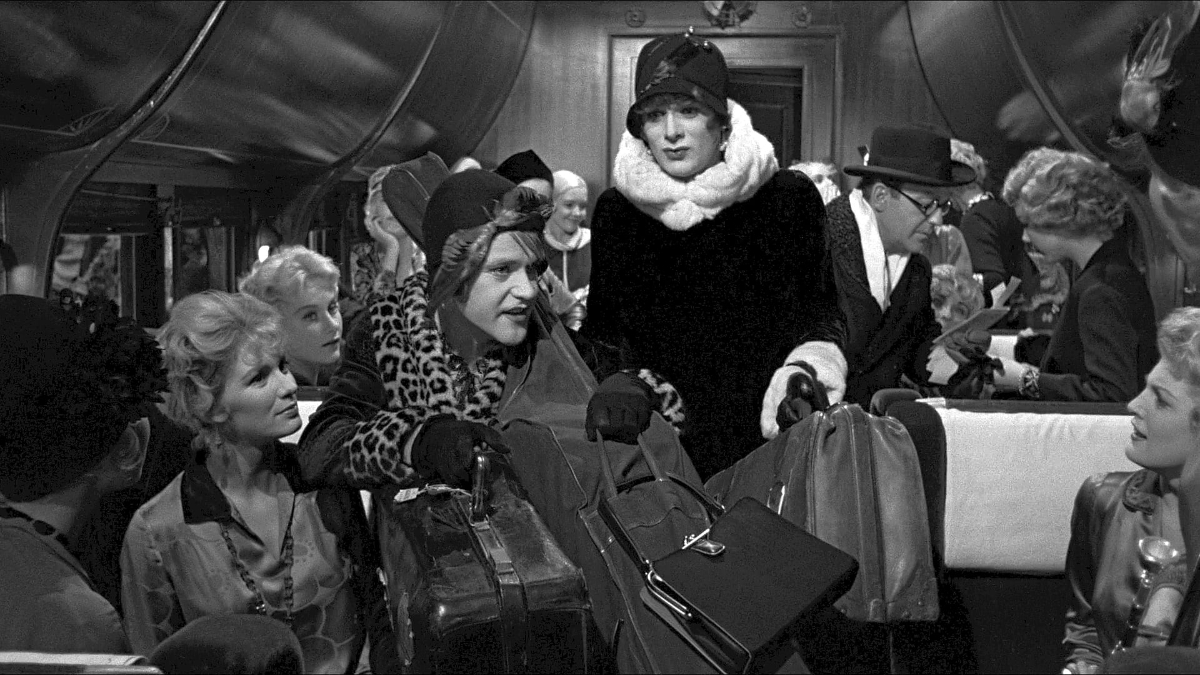
Speaking of Lemmon and Curtis, their performances are sensational, never failing to raise a laugh, no matter which viewing you’re on (I’m easily in double figures at this point, but probably haven’t passed 20 yet). Curtis is hilariously acerbic, with Lemmon being the predictable wimp. The pair have tremendous on-screen chemistry together, although they would only make one other film together.
Of course, neither of these talented actors received top billing. That honour was bestowed upon the star of the show, Marilyn Monroe, even though she reportedly made production excessively difficult for everyone else involved. However, it’s undeniable that the film wouldn’t be the same without her, not to mention its ingrained position in the public’s subconscious. Obviously Monroe exudes sexuality from every pore, but it’s her underrated comedic talent that makes her scenes so memorable: her facial expressions, body language, and delivery are all stellar. No matter how many takes it necessitated, the result demonstrates it was worth it.
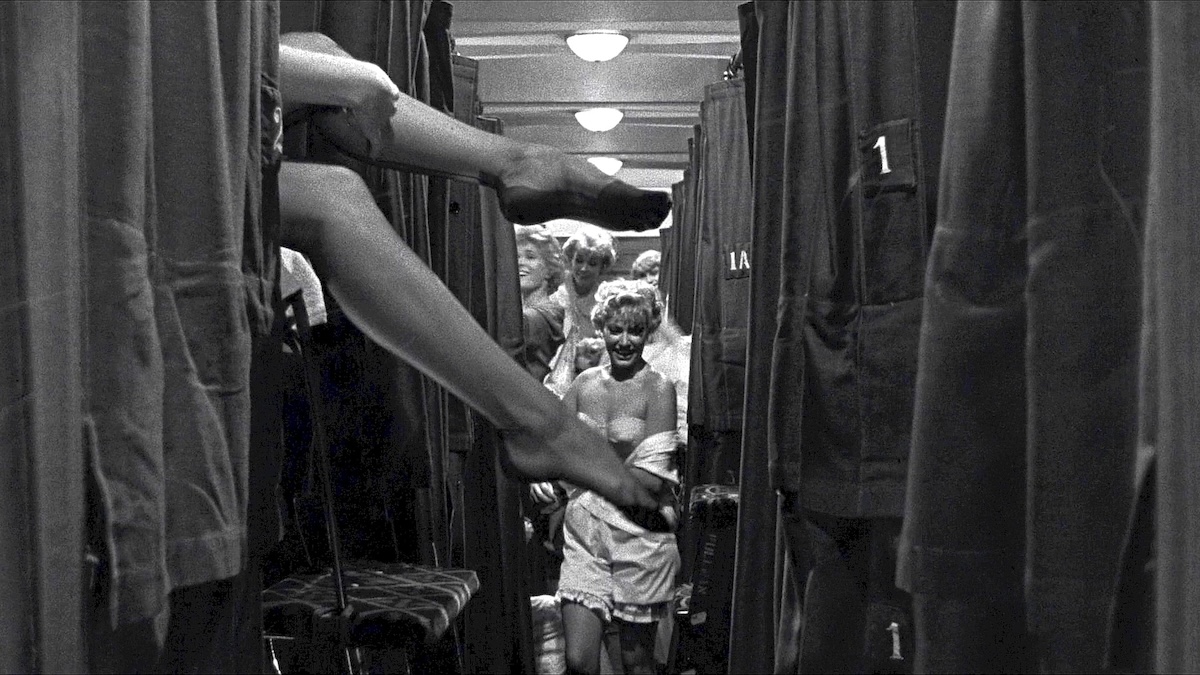
Many things could have gone wrong, altering the film. This is true of any classic, but it seems particularly apt for this one. Thankfully, a director like Billy Wilder was at the helm to ensure the train wouldn’t derail. His signature is all over this masterpiece. The wordplay, as mentioned, is superbly witty. But he’s also adept at introducing characters with narrative economy, starting and finishing scenes seamlessly, and knowing precisely when to end a film: “The third act must build, build, build in tempo and action until the last event, and then—that’s it. Don’t hang around.”
Wilder achieves this, perhaps creating the funniest ending of all time. It’s been repeatedly cited as one of the best lines in cinema—ranking 48th highest overall—and it closes out a decade in the filmmaker’s body of work that must rank very highly in terms of ‘best decade for a director in cinema’.
In the 1950s alone, Wilder gave us Sunset Boulevard (1950), Ace in the Hole (1951), Sabrina (1954), The Seven Year Itch (1955), The Spirit of St. Louis (1957), Love in the Afternoon (1957), and Witness for the Prosecution (1957). Arguably, only Alfred Hitchcock had a better résumé in the ’50s, but even the Master of Suspense never made anything quite as funny as Some Like It Hot. But then again, has anyone?
USA | 1959 | 121 MINUTES | 1.85:1 | BLACK & WHITE | ENGLISH

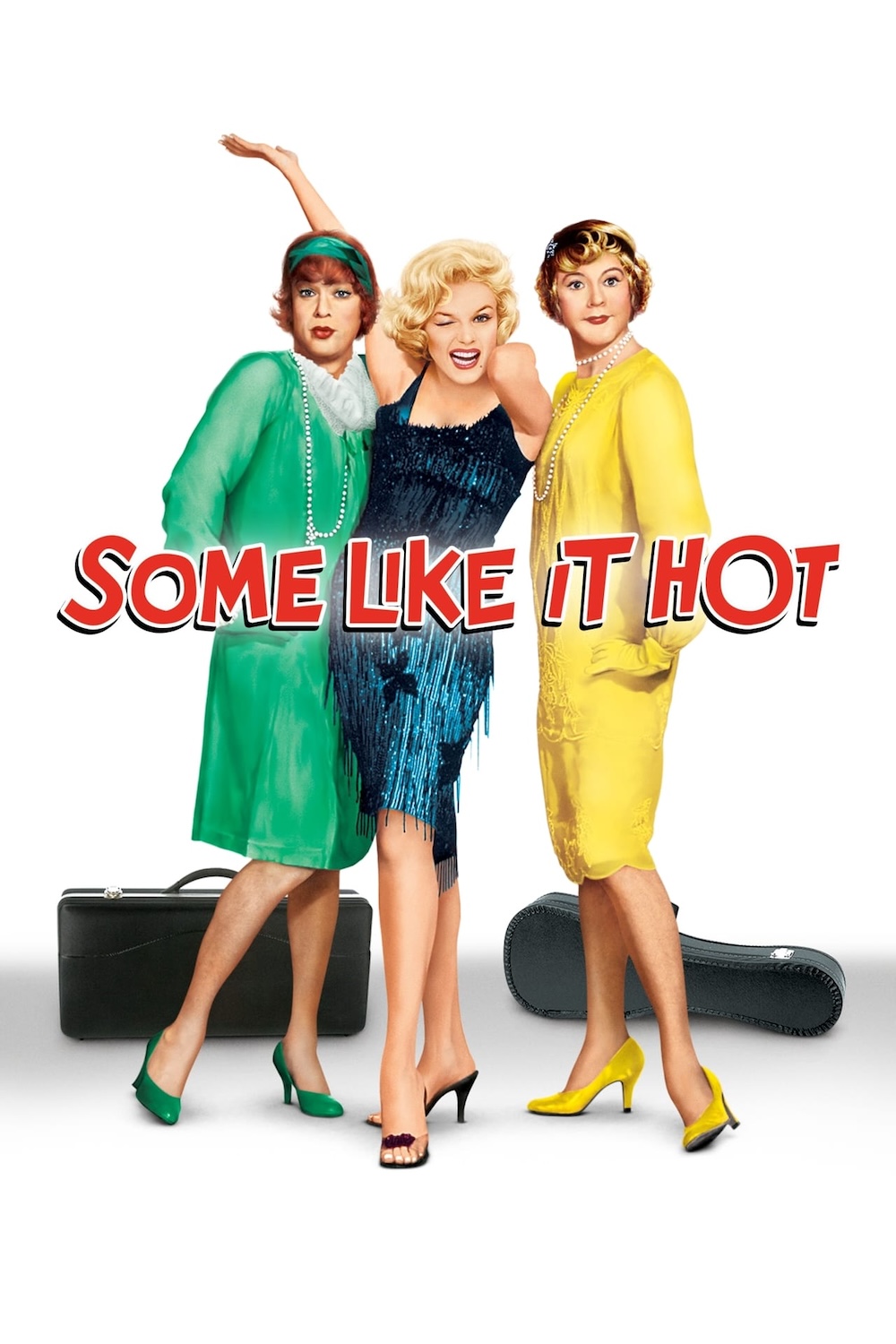
director: Billy Wilder.
writer: Billy Wilder & I.A.L Diamond (story by Robert Thoeren & Michael Logan; based on the film ‘Fanfare of Love’ by Max Bronnet, Michael Logan, Pierre Prévert, René Pujol & Robert Thoeren).
starring: Marilyn Monroe, Tony Curtis, Jack Lemmon, Joe E. Brown, George Raft, Pat O’Brien, Nehemiah Persoff, Joan Shawlee & Dave Barry.
